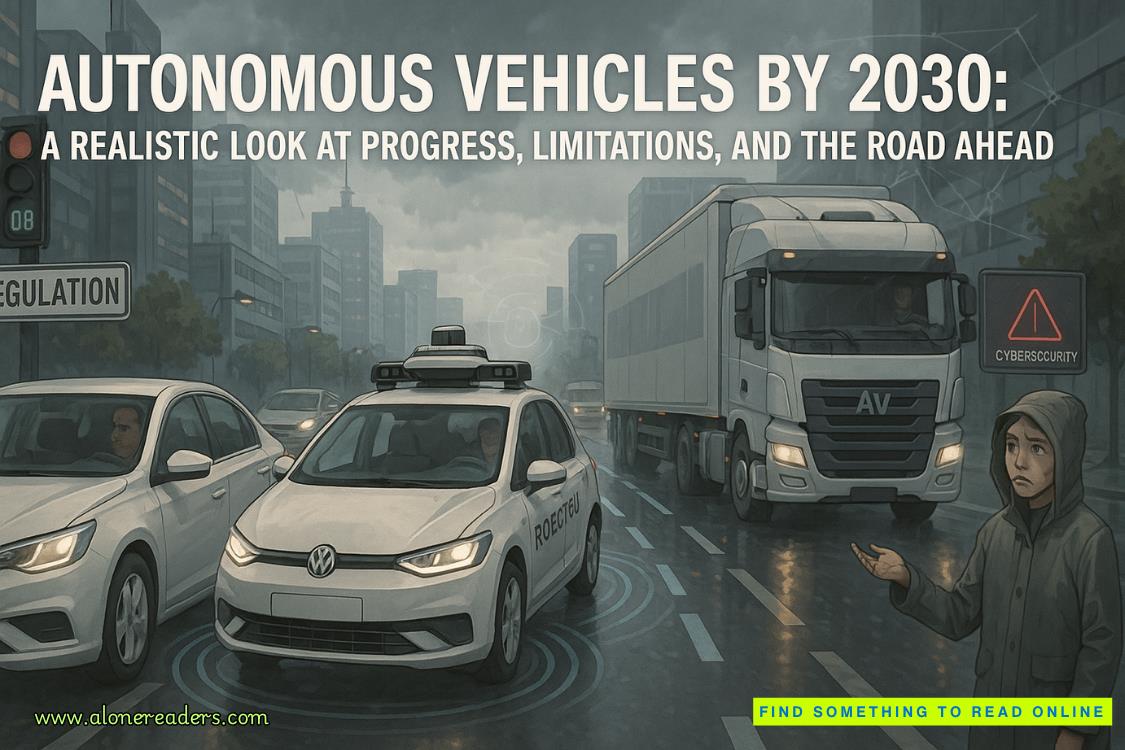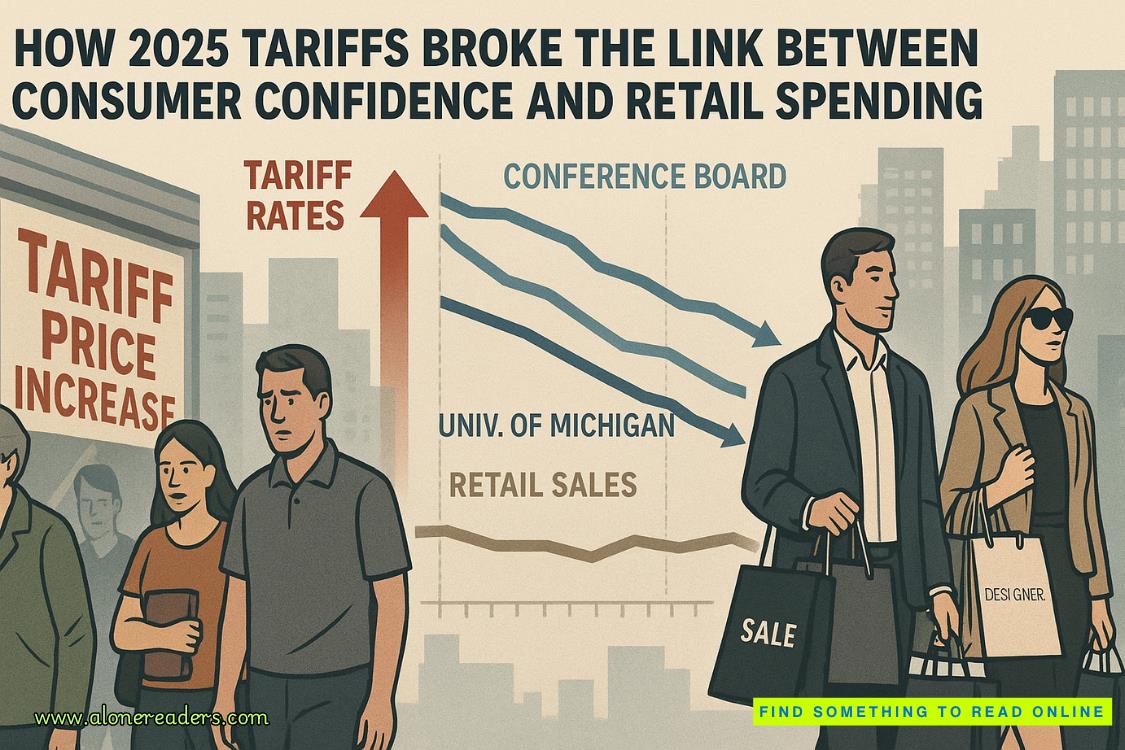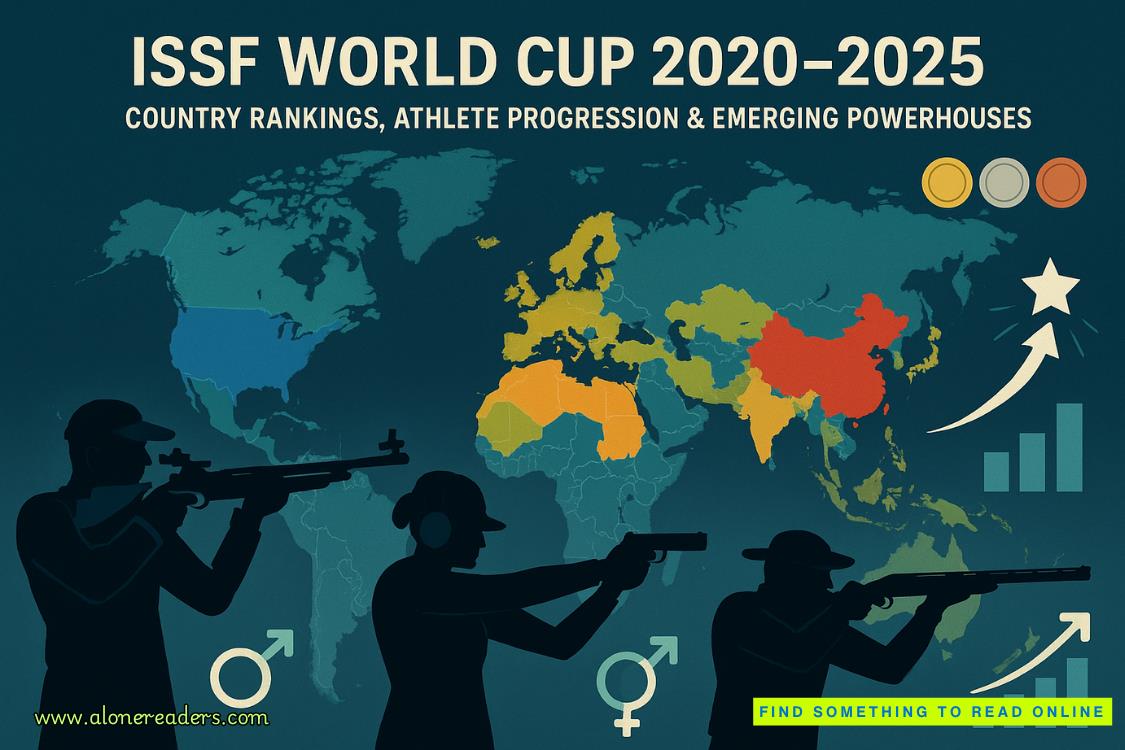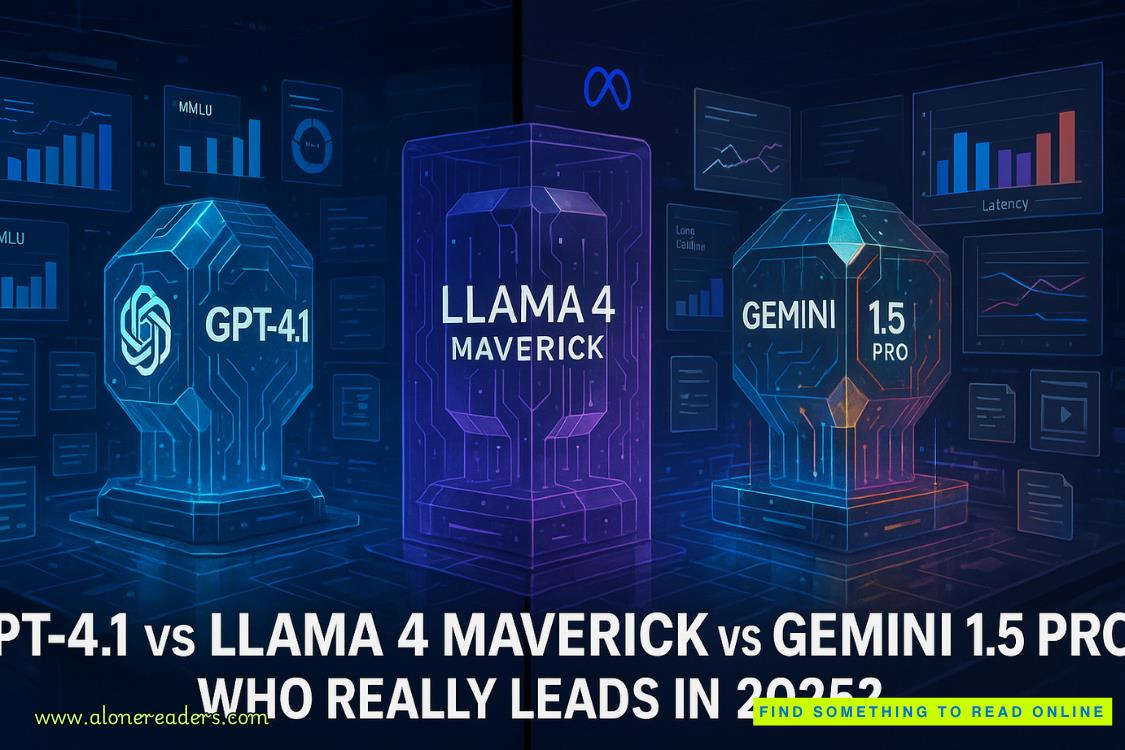Page 101 of Resurrection Walk
“Got it. So what did you find when you searched for another phone that was at Flip’s?”
“I found the red phone and I concluded that Sanz was meeting with the holder of that phone. I assumed it was a car-to-car meeting in the parking lot.”
Morris made the same objection, calling Bosch’s conclusions speculation and not fact. Before Haller could counter, the judge overruled the objection, stating that Bosch’s decades of experience as an investigator made his assumptions more valid than blind speculation. She told Haller to continue with his examination.
“Were you able to identify the owner of the red phone?” Haller asked.
“Yes,” Bosch said.
“How?”
“I called it and a man answered with his name: MacIsaac. He basically hung up on me when I asked a question, but I already knew that name from my investigation of Roberto Sanz’s activity on the day of his death. I had learned that Sanz had a meeting with an Agent MacIsaac an hour or so before he was killed. From there it was not hard to confirm that there was an Agent Tom MacIsaac on the roster of the Los Angeles field office.”
“You’re talking about the Federal Bureau of Investigation?”
“Yes.”
“You said he hung up on you when you asked a question?”
“Yes. I identified myself, told him what I was doing, and asked if he’d had a meeting with Roberto Sanz on the day of Sanz’s death. At that point he ended the call. I called back but he didn’t answer. I then texted him but he didn’t respond. He still hasn’t.”
Haller looked down at his notes, letting that last answer float in the room.
“Okay,” Haller said. “Let’s talk about the blue line. Your chart shows that the holder of the blue phone was tracking along with the green phone, correct?”
“Yes and no,” Bosch said. “The data includes time stamps. It shows that while the blue phone followed the same path as the green phone, it lagged behind each geographic marker by twenty to forty seconds until the green phone stopped at Flip’s.”
“Does that indicate that the blue phone was following the green phone?”
“It does.”
Bosch got the answer out as Morris was standing to make the same objection, that it was speculation. But once more the judge overruled the objection, saying that Bosch’s conclusion was acceptable based on his experience and his expertise with the tower data.
“What happened when Roberto Sanz — the green phone — pulled into Flip’s to meet with Agent MacIsaac?” Haller asked.
This time Morris was quick with the objection.
“Assumes facts not in evidence,” Morris claimed.
“Again, I am allowing the answer,” the judge said. “Mr. Morris, I think you know where this is headed and I find your constant interruption of the flow of testimony to be disruptive to the court’s understanding of the case. Wait until you have a real objection, please. Objection overruled. Continue, Mr. Haller.”
Haller waited for Bosch to answer. But he didn’t.
“Do you need me to ask the question again?” Haller asked.
“If you don’t mind,” Bosch said.
“Not a problem. According to the data and your charting, what were the movements of the blue phone when Roberto Sanz pulled into Flip’s to meet with Agent MacIsaac?”
Bosch used his finger to trace the blue phone’s path as he answered.
“The blue phone drove by and stopped at the next corner at the ARCO gas station. It remained there for at least an hour.”
“What do you mean by ‘at least an hour’? Isn’t the data complete?”
“It is. But the blue phone stopped transmitting GPS coordinates to the cell tower at that point.”
“Just disappeared?”















